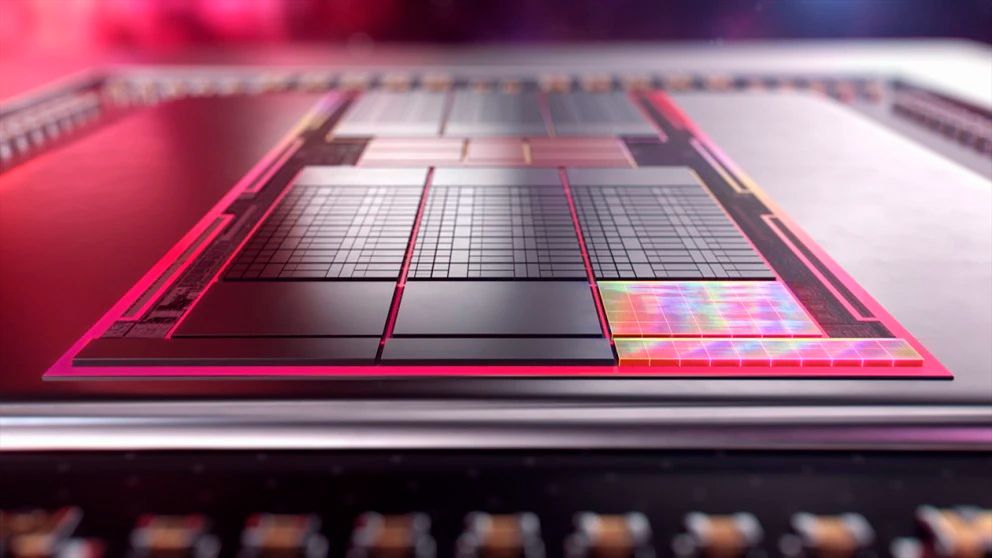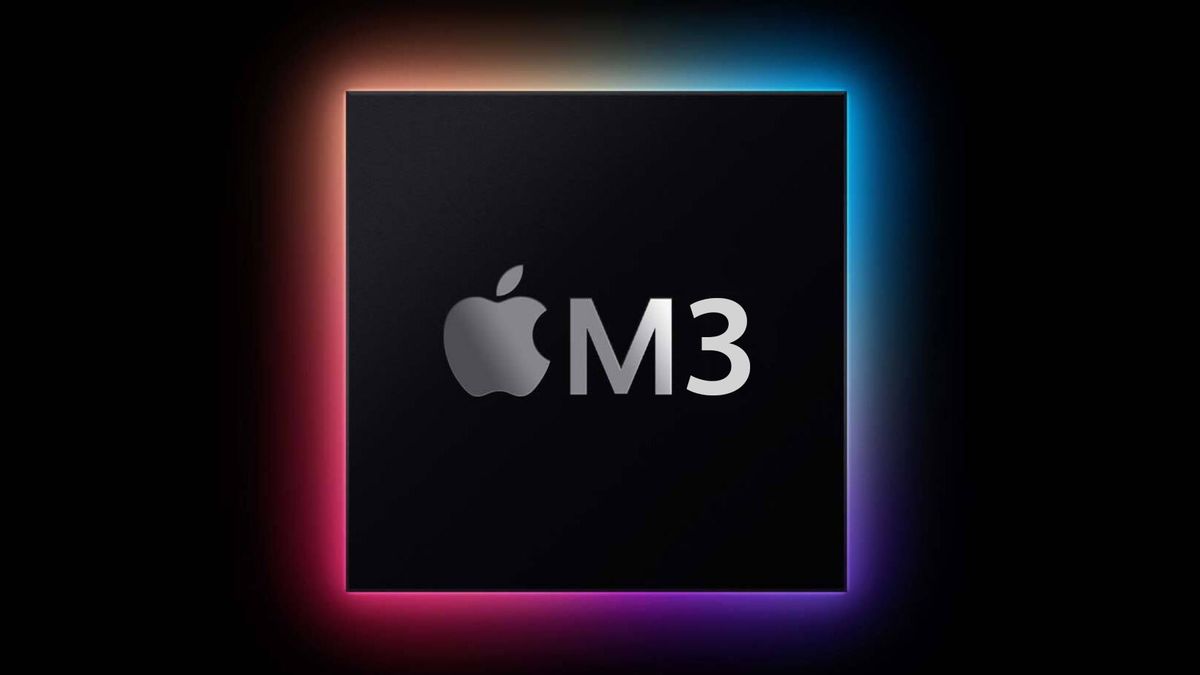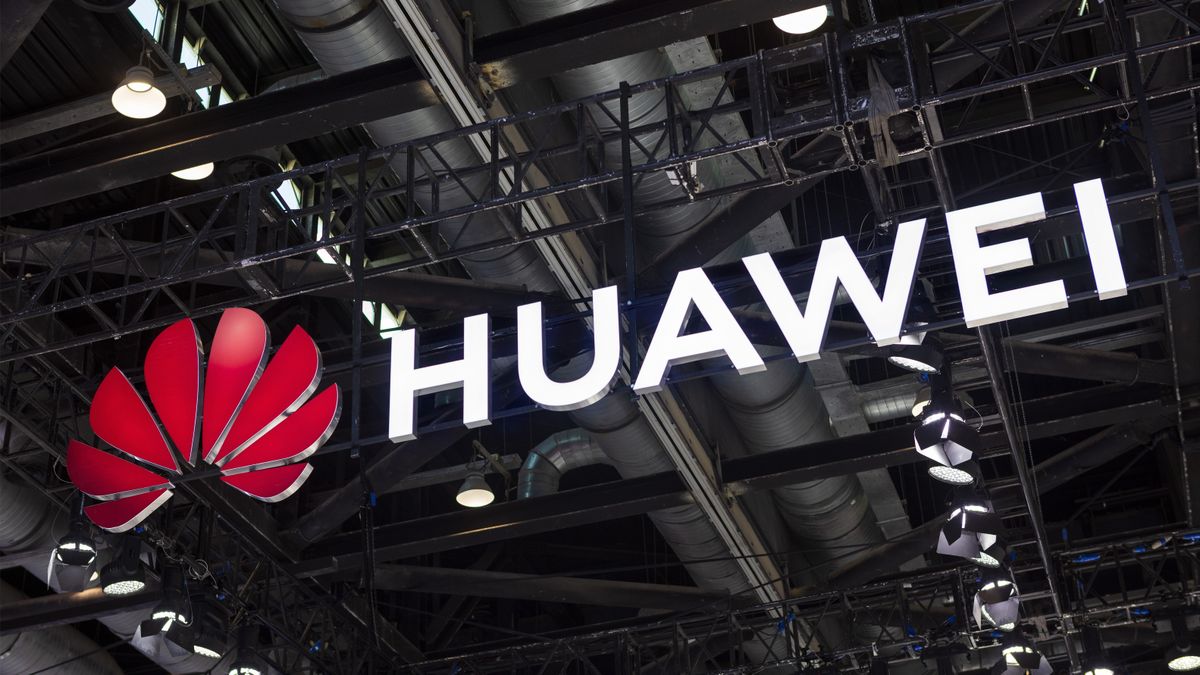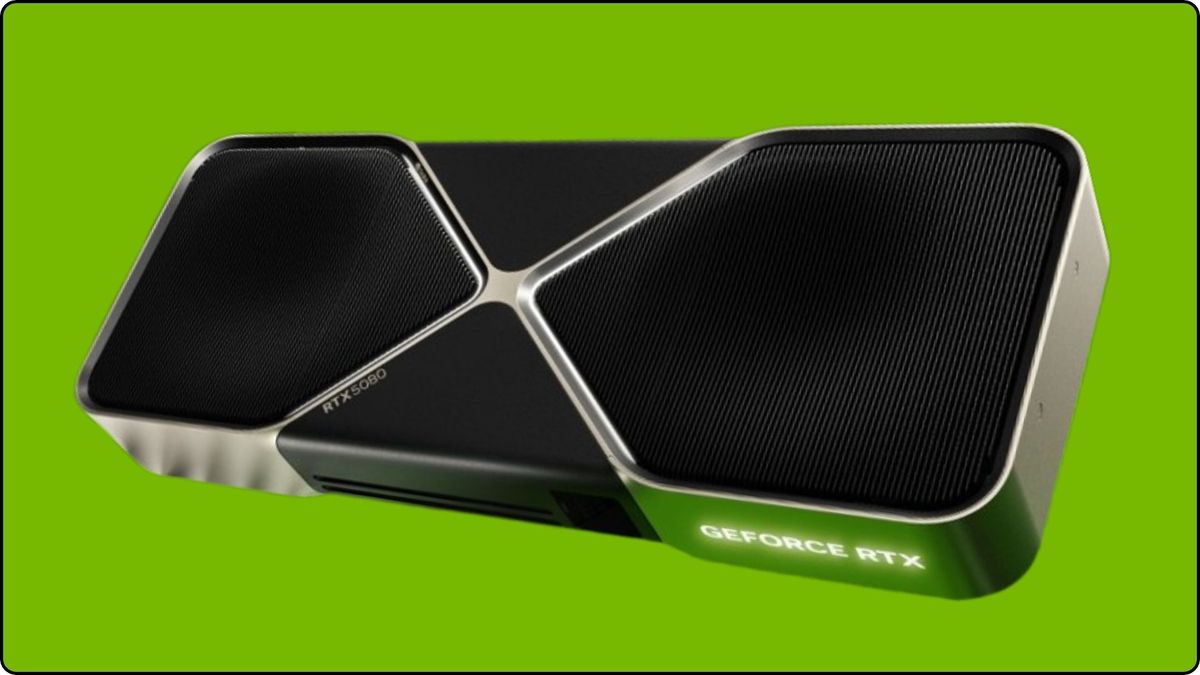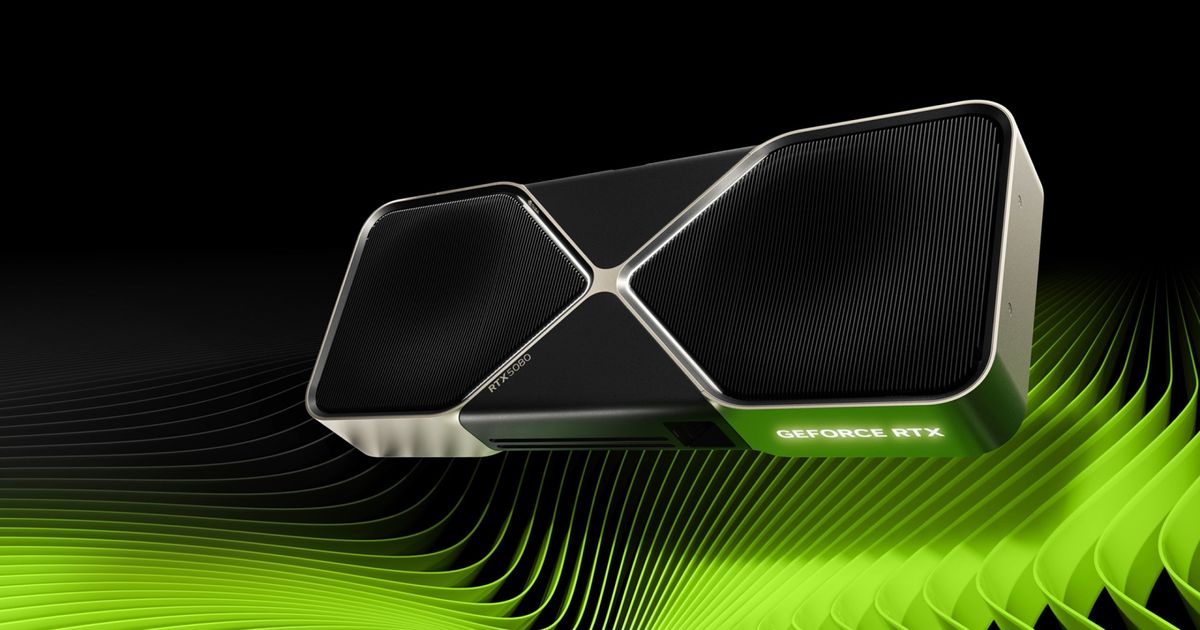Chinese PCIe 5.0 SSD boasts 14.9 GB/s speeds, positioning as the fastest mainstream PCIe 5.0 drive on the market

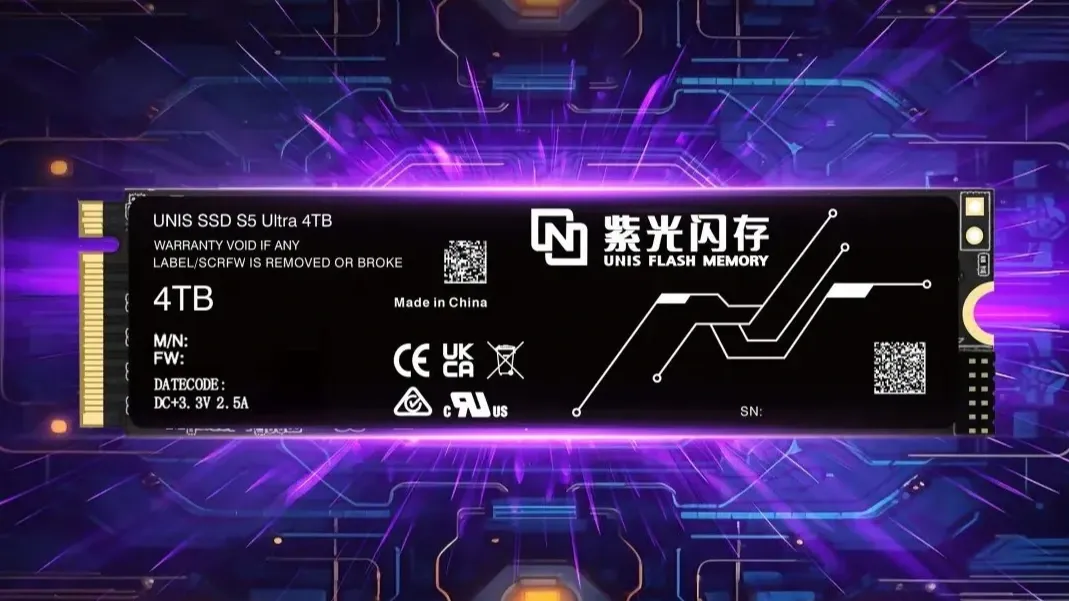
Chinese manufacturer UNIS (a subsidiary of Tsinghua Unigroup) has unveiled its S5 lineup of PCIe 5.0 SSDs, a strong contender for one of the best SSDs. The company (via ITHome) claims the drive speeds are up to 14.9 GB/s, faster than the Crucial T705 and Samsung 9100 Pro, two of the fastest consumer PCIe 5.0 drives.
The S5 family features the base S5 and the S5 Ultra, both of which conform to the M.2 2280 form factor and use the PCIe 5.0 x4 interface. Soon after their debut in China, some units will reach Western markets for review through online channels such as AliExpress.
The top SSDs in the PCIe 5.0 ecosystem offer sequential reads in the ballpark of 13-14 GB/s, and only marginal gains of a few hundred MB/s differentiate the very fastest. The Crucial T705 held a leading position in the SSD market, only to be dethroned by Samsung's entry into the PCIe 5.0 ecosystem with its 9100 Pro offerings.
The Micron 4600 recently joined the ranks, sporting the Phison E26 and beating the SM2508 controller from Silicon Motion and Micron's 276-layer TLC NAND. The difference in random reads and writes becomes visibly large as Samsung and Micron have broken past the 2,000K IOPS barrier.
UNIS S5 Ultra and S5 PCIe 5.0 SSD Specifications
Swipe to scroll horizontally
Flash Memory | TLC NAND | 236-Layer Samsung TLC NAND | 232-Layer Micron TLC NAND | TLC NAND |
Form Factor | M.2 2280 | M.2 2280 | M.2 2280 | M.2 2280 |
Controller | Unnamed 6nm-based controller | Samsung Proprietary (Presto) | Phison E26 | Unnamed 12nm-based controller |
DRAM | Yes | Yes | Yes | No |
Sequential Reads | 14.2 GB/s | 14.8 GB/s | 14.5 GB/s | 14.9 GB/s |
Sequential Writes | 13.4 GB/s | 13.4 GB/s | 12.7 GB/s | 12.9 GB/s |
Random Reads | 1,700K | 2,200K | 1,550K | 1,800K |
Random Writes | 1,600K | 2,600K | 1,800K | 1,700K |
The base UNIS S5 can dish out sequential reads and writes of 14.9 GB/s and 12.9 GB/s, respectively, toppling all other offerings in this territory. The random reads and writes also stand at an impressive 1,800K IOPS and 1,700K IOPS. Despite the apparent oomph, it surprisingly utilizes an older, unnamed 12nm controller and features a DRAM-less design. At launch, the S5 will be available in 1TB and 2TB capacities with no specified pricing.
The S5 Ultra upgrades to a dual-PCB design and includes a DRAM cache. It is said to employ a 6nm controller, which we believe is likely the Silicon Motion SM2508, also found in the Micron 4600. Specifications aside, the sequential reads and writes top out at a relatively slower 14.2 GB/s and 13.4 GB/s, respectively, while random reads and writes drop to 1,700K IOPS and 1,600K IOPS. The S5 Ultra will debut only in 2TB and 4TB variants, which might disappoint budget consumers.
Despite being slower, the S5 Ultra will likely be a better fit for productivity machines due to the inclusion of a DRAM cache. Both SSDs will ship with a 1mm graphene passive heat sink, though active cooling solutions would better handle the heat generated by these SSDs, especially at such high speeds. In any case, these SSDs are said to hit Chinese e-commerce markets shortly. We can only verify these claimed speeds through proper independent testing, as first-party metrics are often biased.
Get Tom's Hardware's best news and in-depth reviews, straight to your inbox.
Hassam Nasir is a die-hard hardware enthusiast with years of experience as a tech editor and writer, focusing on detailed CPU comparisons and general hardware news. When he’s not working, you’ll find him bending tubes for his ever-evolving custom water-loop gaming rig or benchmarking the latest CPUs and GPUs just for fun.
What's Your Reaction?
 Like
0
Like
0
 Dislike
0
Dislike
0
 Love
0
Love
0
 Funny
0
Funny
0
 Angry
0
Angry
0
 Sad
0
Sad
0
 Wow
0
Wow
0




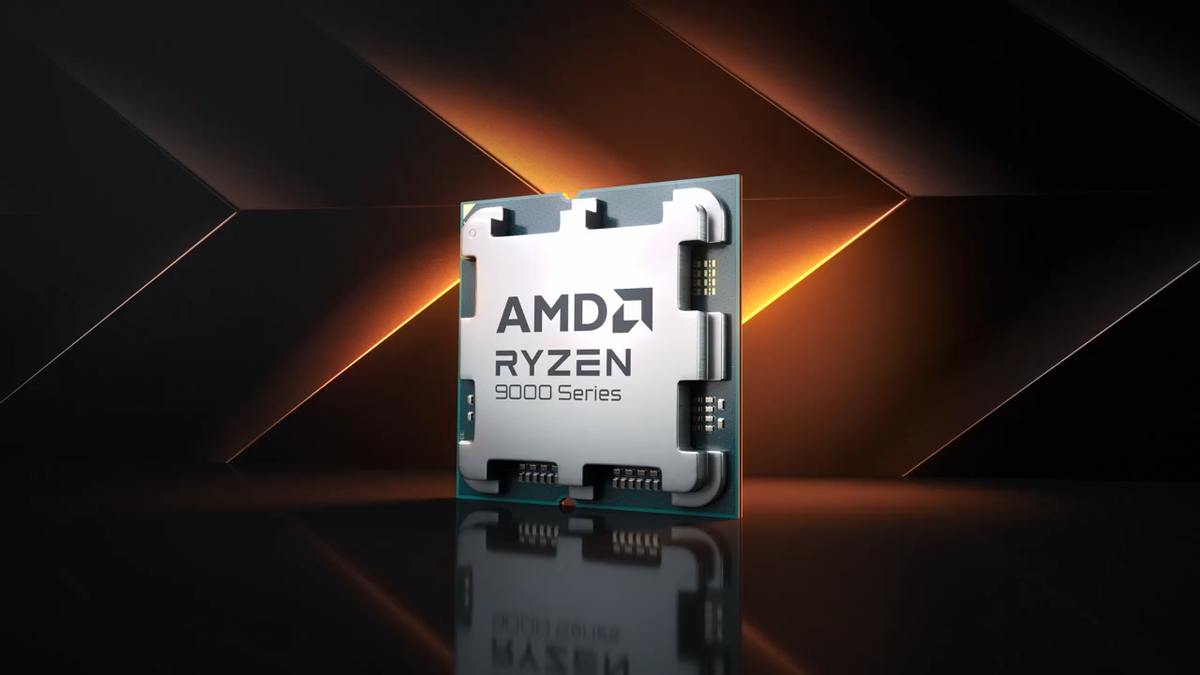
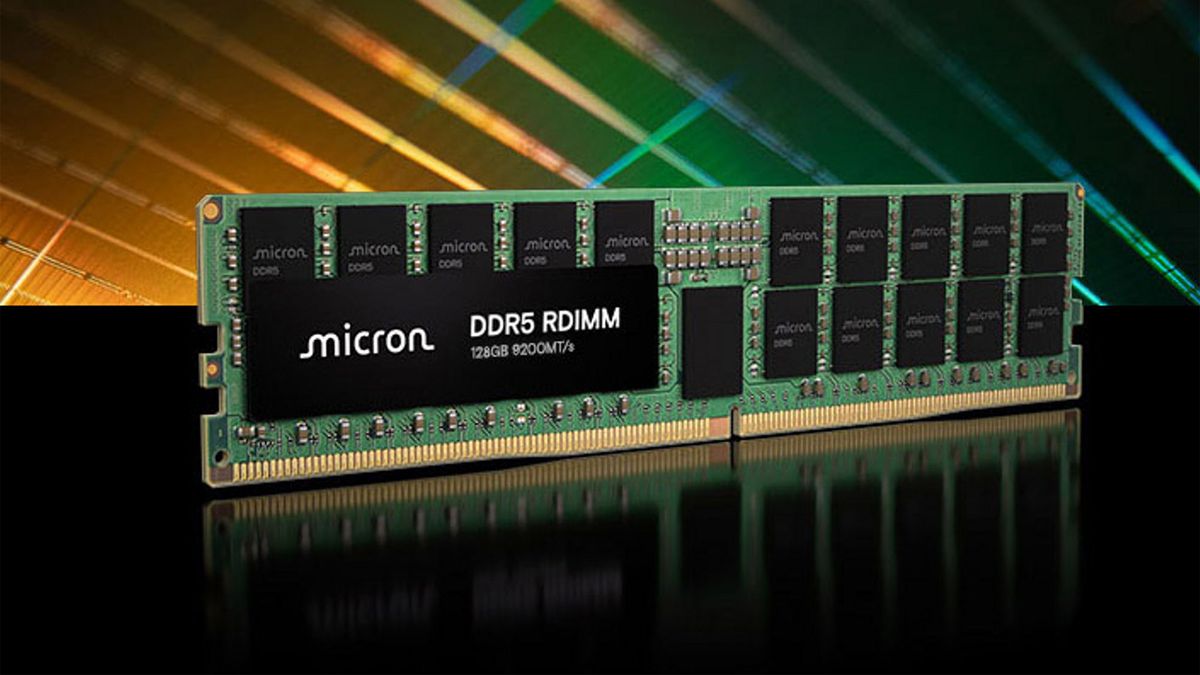


:quality(85):upscale()/2022/07/14/956/n/1922153/2091d17f62d0912c26ae66.99774410_.jpg)
:quality(85):upscale()/2024/10/01/721/n/1922729/74b0c07366fc20ff32b3a0.58633344_.jpg)
:quality(85):upscale()/2025/03/31/669/n/1922153/b31332ea67eaaf0d617d51.15912279_.png)
:quality(85):upscale()/2021/12/07/861/n/1922153/8646e37261afb8d95bab04.53608971_.jpg)













